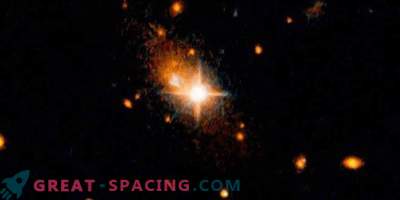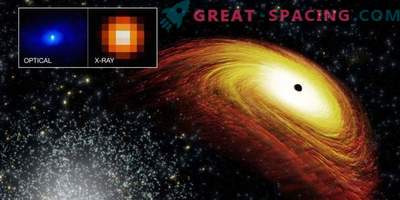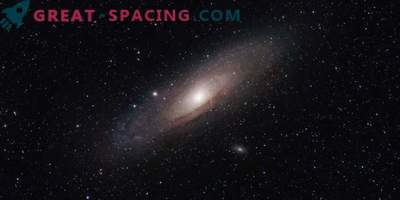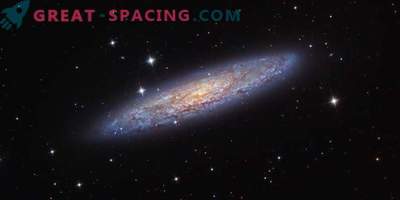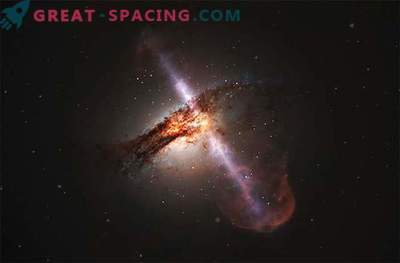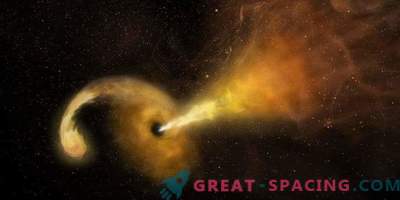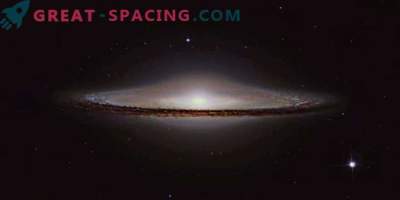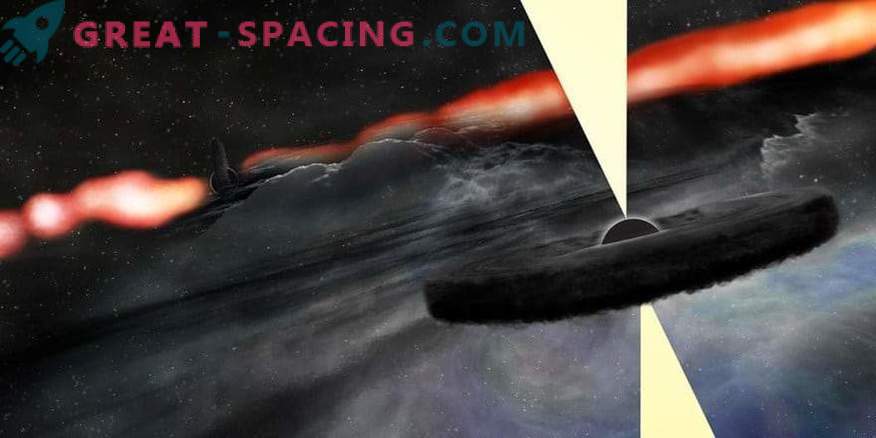
An artistic interpretation of a secondary supermassive black hole orbiting the main one in the galaxy Cygnus A.
For the first time in the past 20 years, scientists sent a Very Large Telescope to a famous galaxy and received an unexpected gift. It turned out that something new had formed near the galactic nucleus. This may be a rare type of supernova, or (more likely) a flash in another supermassive black hole.
Cygnus A was discovered by Grotto Rebert in 1939. The received radio signal was compared with the survey data in 1951 and found a galaxy remote for 800 million light years. Beautiful pictures in 1984 helped to better understand the ultra-fast jets of subatomic particles pushed into space by the gravity of a black hole.
Researchers studied the galaxy in detail and did not look at it until 1996. Then expanded the radio frequency range. But nothing new was found. Meanwhile, in 2012, the Very Large Telescope was updated and more powerful, so they wanted to look at Cygnus A. again. Observations were made in 2015-2016. Surprisingly, something unexpected appeared near the galactic nucleus, which was not the case in 1996. In November 2016, researchers noticed an object that was already weak in the infrared observations of Hubble and Keck (1994 and 2002). At first they thought it was a dense star cluster, but everything turned out to be even more interesting.
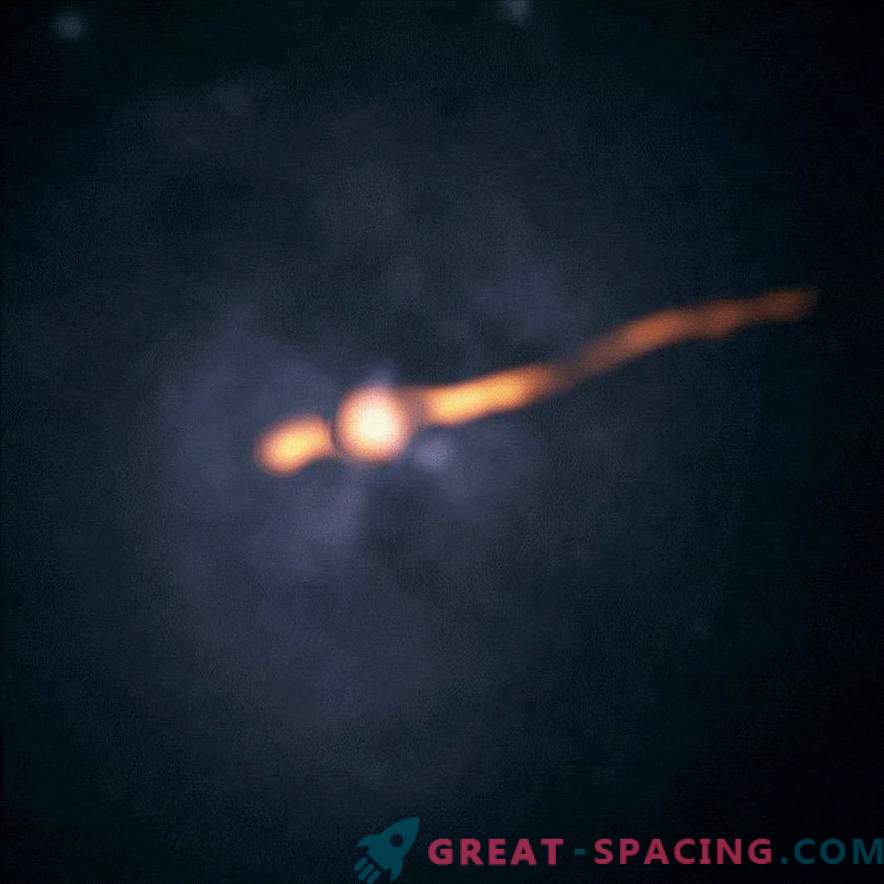
Radio image (orange) of Cygnus A superimposed on Hubble data (1989-2015)
What is this? Analyzing the characteristics, the scientists found out that this is the death of a supernova or a flash of a supermassive black hole (already the second) near the nucleus. Of course, to make sure, you need to follow the phenomenon for a long time. But scientists say that for a supernova it lasts too long. Therefore, this option is losing.
The find is located in 1500 light years from the central hole, but very similar to it in characteristics. Most likely, at one time Cygnus A merged with another galaxy and formed a pair of supermassive black holes approaching a rapprochement.
Why didn't she see her before? It is believed that now it is actively feeding, therefore, it creates radiation, noticed by a telescope. It may be gas destroyed after a galactic merger, or it may be a star.
